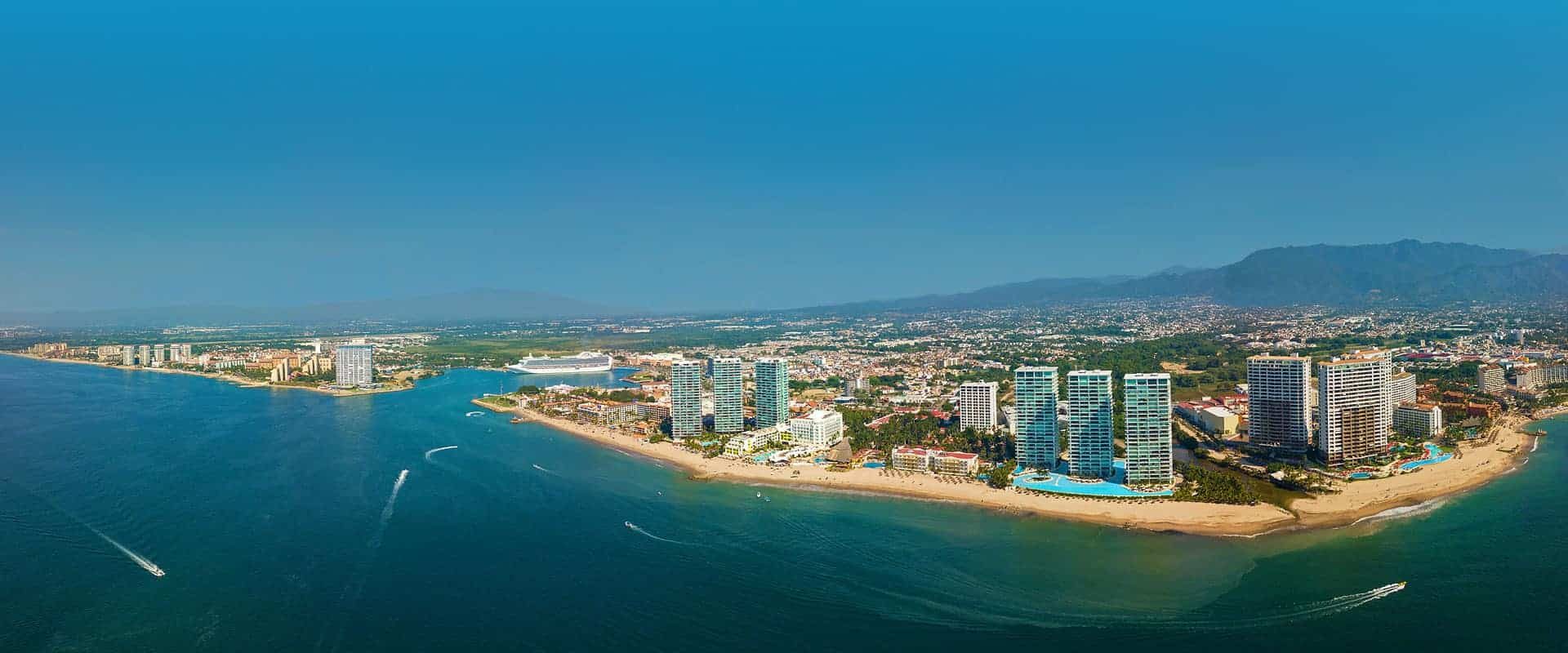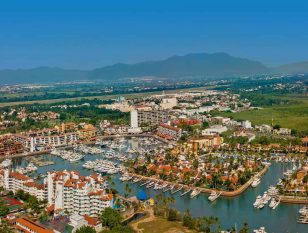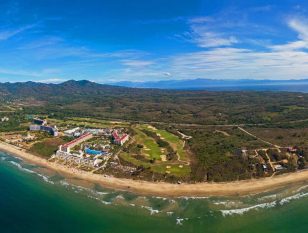
In May of 2011 Mexico’s Immigration law was reformed. Some of the reform entered into effect immediately while other parts did not enter into effect until the corresponding Rules to the Law were published, which did not happen until the 28th of September 2012. In short, we are just now starting to see the Immigration authorities push for the full application of the new law.
Before getting into explaining Mexico’s immigration law visa policies, you may want to first ask yourself the question; “Do I really need one or can you just use the Visitor Visa?”. Unless there is a reason to go through the process of getting a Temporary or Permanent Visa, we recommend that you just use the Visitor Visa.
Mexico’s immigration law recognizes three manners in which foreigners can be legally in Mexico, these being:
Visitor
There are six types of visitors. Of the six, the tourist visa you get on the plane is a “Visitor” visa. These visas are limited to short terms stays (usually no more than 180 days) and are granted in the understanding that you are coming to “visit”.
Visitor’s permits are issued when you arrive in Mexico (by air, or travel inland by road beyond the ‘free border zone’) by completing a Forma Migratoria Multiple (FMM) at ports of entry. Upon its expiry you will need to leave the country.
Temporary Residents
This is for foreigners that want to remain in the country for a term of up to four years. Under this permit you can acquire the ability to work for pay (remuneration) and you have the right to “Family Unity”, (which will be explained further on). Under the old FM-2 and FM-3 you had to renew the visa each year and they were good for up to five years. Now if you have any FM-3 or FM-2 they will most likely turn it into a Temporary Resident Visa for the time that is left up to the four years allowed. If you go beyond that, you will be asked if you want a Permanent Resident permit. Note: There is also a Temporary Resident permit for students that allows the person to remain for the time it takes them to finish their studies.
Permanent Resident
This is a visa granted for an indefinite term. This is very similar to the old “immigrant” status. The following people can solicit a Permanent Resident permit: Family members of Mexicans or other Permanent Residents under the “Family Unity” dispositions—see further on.
A retired person, with sufficient income to “live in the country”. Right now they want you to show a monthly account balance of $1,619,000 pesos (25,000 times minimum wage). Note: there is no obligation here for you first to have the Temporary Resident permit for 4 years.
Because you have had the Temporary Residence for four years.
For having children of Mexican nationality by birth.
For being family of Mexican nationals by birth, up to the second grade or tier.
Family Unity
This is a new concept that was not in the previous law. It is based on the international treaties that look to preserve the family as a unit. Under this new law the concept of Family Unity is strongly protected and recognizes that Mexican nationals by birth, as well as Temporary and Permanent Residents have the right to preserve the Family Unity and acquire the necessary documents so that their family members can be with them legally in Mexico.
Procedure to Acquire Visas
The procedure to acquire a visa has changed. The following is the general rule as well as some of the exceptions to this rule.
General Rule
You first need a VISA to enter Mexico and if you want to stay longer than the time allowed to Visitors, you need to acquire a Residence status.
All visas are granted by the Mexican Consulates outside of Mexico (Visitors, Temporary Resident and Permanent Resident). This means that all visas (Visitor, Temporary Resident and Permanent Resident) must be applied for in the consoler office and not at the immigration office in Mexico (Note: we all use to get our visas changed over here in Mexico). If you get a Temporary or Permanent Resident visa, you must then get the local immigration office in Mexico where you live to give you your resident card. There are a few exceptions where you are not required to first acquire a VISA from the consulate, and these are as follows:
Exceptions to the General Rule
For Visitor Visas (for tourists) If you are from a country that Mexico has “suppressed” the requirement of a pre-approved visa, you do not have to go to the Mexican Consulate to get a Visitor’s Visa. Both Canada and the US are countries that do not required pre-authorized Visitors Visa from the consulate, you simply get them on the plane on the way down or at the border.
If you have a Visitor Visa you can no longer change it over to another type of visa (Temporary Resident or Permanent Resident) while in Mexico, except if:
- Article 41 – it is to preserve “Family Unity”, for an offer of work or for humanitarian reasons.
- Article 53 - “you have a relation with a Mexican or foreigner with residence in Mexico”. We are not sure how open the concept of “relation” is.
- Temporary Residents can change to Permanent Resident while in Mexico. If you presently have an “immigrant” card that was granted under the old law, the local immigration offices in Mexico should change it over to a Permanent Resident card without having to go out of the country.
General Issues of Interest
Here are some points of interest regarding the new law:
- Under the old FM-2 you had to be in the country 182 days a year or it was automatically revoked. This disposition does not exist for either Temporary or Permanent Residents. This was a problem before for people that wanted the tax exemptions on the sale of their Primary Residence because they needed an FM-2 but could not meet the 182 day requirement.
- Under which visas can I have my car and house hold items in the country? Articles 52 and 54 of the law say that you can bring your property into Mexico “subject to the applicable legislation” – which in this case are the tax laws and customs laws. Right now those laws have not changed to take into consideration the reforms of this law and therefore right now we are uncertain of the implications.
- If you were an “immigrant” under the old law you were not required to get a further permit to work. The new law is not as clear here. Article 52 fraction IX states that Permanent Residents can work for pay, however Article 54, second to last paragraph says that you require an additional authorization to work for pay. The Rules of the law (Article 164) states the all Permanent Residents can work for pay. We hope this aspect of the law will be clarified in the coming months.
- Article 60 states that a foreigner, regardless of their immigration status, personally or via proxy, can open a bank account. The old law was not clear here and most banks did not allow you to have an account without an FM3 or FM-2.
- Once you get a Temporary Resident or Permanent Resident visa, you have 30 days counting from entering the country to register with the local immigration office. Furthermore any change in nationality, address, civil status or work must be notified to immigration within 90 days of the change.
- If you have a company that wants to hire foreign employees, the company needs to register with immigration.
If old law states that if you wanted to marry a Mexican national you were required to get a permit from immigration. This is no longer a requirement.
This article was written by David W. Connell of Connell & Associates. For more information send an email to [email protected] or visit www.mexicolaw.com.mx. All rights reserved.
Publisher’s Note: There’s an excellent article that is quite extensive and kept quite up-to-date at "Surviving Yucatan” that you may want to read if you are looking for more information.
Similar posts


